06 Dec2017
30 things to know about Maldives before going there on holidays
Many people go to the Maldives only to stay at a luxury resort and they have no idea about the country itself. They just fly into a resort island, relax there, get some tan, eat a lot of international/Western meals, and fly out of the country. In my opinion, that’s not ideal. There are facts you should know about Maldives before going there on holidays.
Don’t get me wrong. I am also a luxury person and I love to get pampered always when possible. However, I also believe that getting to know about the local culture and the way of life, is a necessity when visiting a new country. Maybe here is where we can see the difference between a tourist and a traveler. I consider myself to be the second one.
That’s exactly why I chose to spend 27 days in Maldives, and not just 7 or 10 days, as most people do. I really wanted to learn about the Maldivians and what they do in their day to day life. I also did a research about the Maldives before going there.
30 things to know about Maldives
1. Maldives consist of more than 1,100 islands. Some say it’s 1,190 , others say it’s 1,192 islands to be exact. The islands are located in the Indian Ocean and are set in 26 natural atolls. In the local language, the word atoll means ”a ring shaped reef” or ”islands formed of coral”. You will know exactly what an atoll means when flying above the Maldives. It’s an experience on its own to see the turquoise sea around the Maldivian islands.
2. Out of 1,190 Maldivian islands only up to 200 islands are inhabited by local people. Some of them are only for locals, while others also have guesthouses and small hotels where tourists can stay. It was only in 2010 when the new law allowed construction of guesthouses on local islands so the locals could benefit from the tourism, too. In the past 40 years approx. 120 uninhabited islands have been transfomed to luxury resort islands where you will not see any local life. However, the big majority of the Maldivian islands are still uninhabited.
Just to make it clear, there’s 4 different islands in the Maldives: uninhabited, inhabited by locals, inhabited by locals with guesthouses for tourists, and resort islands for tourists and resort staff.
TIP: experience local life on Gaafaru island or Thoddoo island. I loved staying on both of them learning about the Maldivian side of life.
3. Maldives is a 100% Sunni Muslim country. That being said, you should know that it’s strict when it comes to female clothing. Women have to cover their shoulders and knees, preferably also elbows, so long sleeves and long pants would be ideal. For men it’s easier, sometimes shorts and T-shirts with short sleeves will do. For this reason it’s necessary to cover up also on a local beach (every beach on any local island which is not designated as bikini beach). Some local islands have the so called Bikini beach where the tourists can wear swimwear/bikini only. Most probably you won’t see any Maldivians swimming on bikini beach, as they are used to swim in the sea with their clothes on. That’s the local culture and religion so please do respect the religion and dress modestly on local islands. Just remember, than on resort islands it does not matter at all and you can wear whatever you feel like. It’s weird to see that resort islands do not have to follow the local religious traditions but then on the other hand, maybe most tourists would not go to those resorts if they could not go back home with a suntan.
4. Formerly a sultanate, Maldives are now an independent republic covering 90,000 square km. However, 99.6% of Maldives is the sea, so the land area is just a bit less than 300 square km.
5. Most of the food ingredients are imported from other countries, such as Sri Lanka, India, Brasil, Australia and Europe (Germany, France, Austria, Netherlands etc.). Very few local ingredients, such as coconuts, watermelons, papayas, salads and bananas grow in the Maldives. I was lucky enough to spend 10 days on Thoddoo local island which is the biggest producer of fruit and vegetables in Maldives. The rest are imported and not so fresh, and even more expensive than in my home country Slovakia.
6. Maldives are the flattest country in the world. The maximum island height is 2.4 m above sea level. You won’t find any hills, nor rivers in there.
7. Malé is the capital of Maldives. In only 5.8 square km you will find approx. 150,000 inhabitants, loads of coffee shops, apartments and offices. Malé is the most populated island in the country. In my opinion, the capital is pretty overcrowded. I found the Malé roads extremely busy with hundreds of motorbikes speeding around the small island. As Malé is just 2.7 km long and 1.2 km wide, it can be crossed on a motorbike within a few minutes.
8. The daily temperature is from 24 Celsius to 33 Celsius and rarely drops below 23 at night. The sea temperature can be easily up to 28 Celsius, with the average around 26 Celsius. When I was there in the rainy season, the sea felt quite warm even at 24 Celsius. Maldives has a tropical climate all year round, with some rain from May to November. I was there 3 weeks in September and the first week of October and some days did not rain at all and it was super sunny, on other days we had heavy rain. But it never felt cold outside. The humidity is usually around 75% to 80%.
9. The tourism in Maldives started only in 1972 when Kurumba resort, meaning coconut, was built. It was mostly rich tourists from Italy, Sweden and Germany who came the first. In 1981 the airport was open to long-haul flights which increased the number of tourists to Maldives.
TIP 2: Here’s my article about Kurumba resort situated just a 10-minute boat ride from the international airport.
10. You need to book your accommodation in advance and write it down in the Immigration form when landing at the Velana International Airport. I also got a letter to show to the Immigration from my hotel saying I will be staying with them.
11. Rubbish is one of the biggest problems in Maldives. First, because the locals are still not used to plastics and cans and they don’t realize they will not decompose by themselves in nature, unlikely to natural materials (coconut shells, leaves etc.). And second, there’s not that many places to store the rubbish around Maldives. Most of the islands are way too small.
12. The local currency is Maldivian Rufiyaa (MVR) but it’s usually easy to pay in $ US dollars. Sometimes, tourist resorts also accept euro and British pound. On local islands can be difficult to pay by card, and if it is possible, there might be up to 5% fee so bring cash with you.
13. There’s many crows around the Maldivian islands. In the local language Dhivehi they are called kaalhu. Kaalhu can be super noisy, especially at sunrise and sunset so hopefully you won’t get them right in front of your window.
14. You don’t need any vaccinations to enter Maldives. They are not obligatory, not recommendable. So don’t worry ;)
15. Plugs used around Maldives are the British ones. In some hotels you might find European adapters but just in case bring a British adaptor with you to recharge our gear batteries.
16. As Maldives are a Muslim country, alcohol is prohibited on local inhabited islands. It’s not easy to get alcohol around, unless staying at a resort where, if not included in your package, might get too expensive. Having said that, resort bars do offer different alcohol. Being a non-drinker since 2009, I completely agree with 0 alcohol in Maldives.
17. It’s prohibited to take corals and shells out of Maldives so better don’t try to hide them in your luggage.
18. Souvenirs are quite expensive in Maldives. But many people still prefer to take material memories with them back home. What can you buy? Fridge magnets, postcards, coconut crafts, colorful sarongs, underwater animal statues,
19. Weekend in Maldives starts on Friday. Friday and Saturday are weekend days, while the working week starts on Sunday. This is why many places and local speedboats will not run on Friday. Please check speedboat timetables before flying into Maldives. Otherwise yo might get stuck in Male for another day, or pay a few times more just to get a private speedboat instead of a shared one.
20. Most resorts and guesthouses offer free wifi. However, if the weather is bad (read rainy, windy or just cloudy), the wifi might be too slow or even non-existent. As I visited Maldives during the rainy Monsoon season in September and October, the wifi was mostly pretty slow to work online and uploading videos was quite a challenge. You might consider buying a local SIM card at the airport (there’s 2 companies to choose from but the mobile data are rather expensive).
21. There’s a lot more to do than just relax. If you are staying at a luxury resort, they all offer many different activities, from adventure sports in the sea, to land activities. And on local islands it’s very similar. I was in Maldives for 27 days and was busy every single day. But it all depends on you, obviously. You can relax if you want to, or you can keep yourself active, too. Your choice. I decided to explore all Maldives offered me.
22. Maldivians are very nice people. Thankfully, they are not too annoying, they smile a lot, and are rather shy. But I made some local friends there which I did not expect.
23. Staying at resort, you will meet many different nationalities. Maldivians are not the only ones working at the luxury resorts in Maldives. At the resorts where I stayed at, the staff was from other 40 to 80 nationalities.
24. Fish is one of the main ingredients in local meals. And also different curry, similar to Indian curry, plus rice, and veggies. However, it is possible to travel around Maldives as a vegan (me), or vegetarian. Just inform your restaurant, resort or hotel about your diet before head.
25. The Maldives is home to the world’s largest population of reef manta rays (approx. 5,000 of them). There were more than 2,000 species of fish and 200 of coral identified in the country. Get ready for loads of underwater life.
26. To have more of daylight, some resorts use ”island time” which is 1 hour ahead of Malé. Yes, there might be different time at your resort than is in the Maldivian capital. Always check with the resorts or hotels you are going to stay at.
27. With 400,000 inhabitants, the Maldives remain one of the smallest independent nations in the world. Approximately one third of them lives in the capital Malé.
28. Surprisingly, 98% of the Maldivians can read and write, which is one of the highest literacy rates in the world. As the British ruled the country for a century, the Maldives still follow the British educational system.
29. The local language is Dhivehi which is only spoken in the Maldives and Minicoy Island in India. However, you will be able to communicate in English around the Maldives. Usually people younger than 30 years will speak good English even on the local islands. And at resorts and guesthouses most staff do speak at least basic English, plus, some other languages.
30. Maldives are a lot more developed than you might think. It’s not just a luxury resort destination, it can be a good local experience as well. The transportation around the islands is quite easy. There’s shared speedboats, private speedboats, slower ferries and sea planes taking both tourists and locals around the Maldivian islands. However, as I’ve mentioned already above, most of shared speedboats going to lcoal islands do not run on Fridays. One more fact, the Trans Maldivian Airways are the largest seaplane operator in the world.
TIP 3: Not sure if to visit resorts or local islands? Read my article about pros and cons of local islands vs resorts to choose better :)
What other things you think are important to know about Maldives? Please share in the comments.

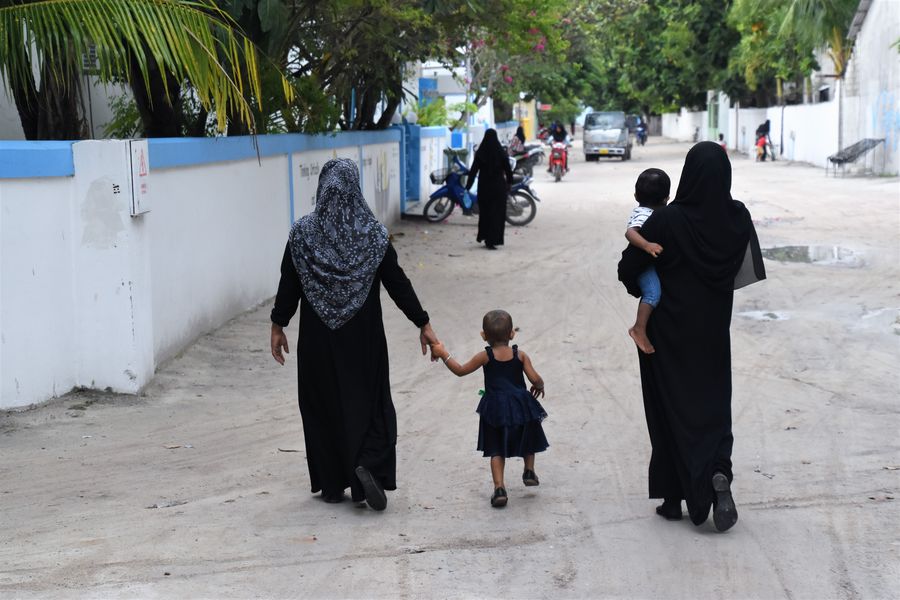

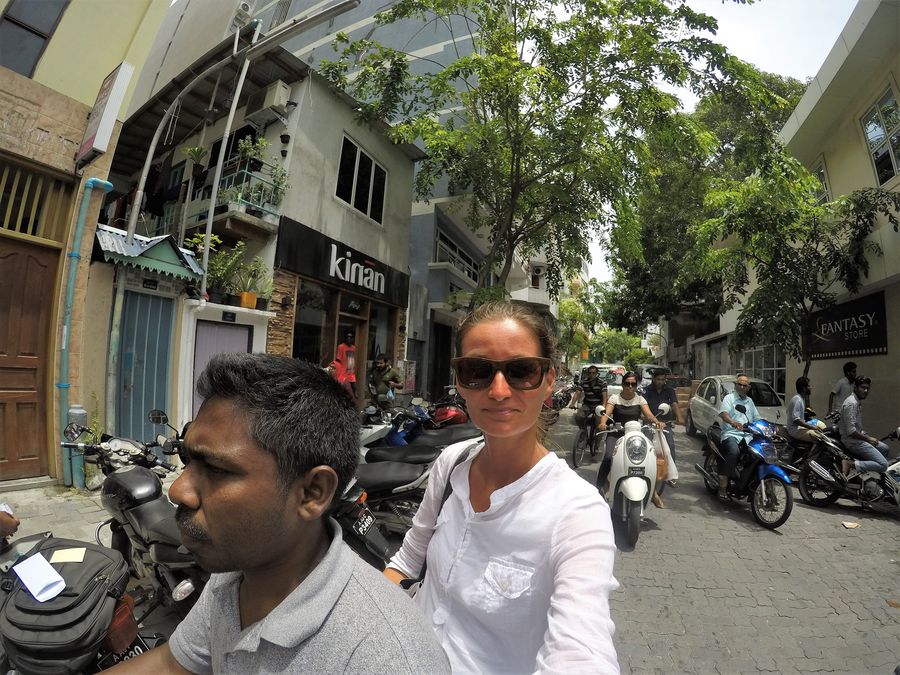
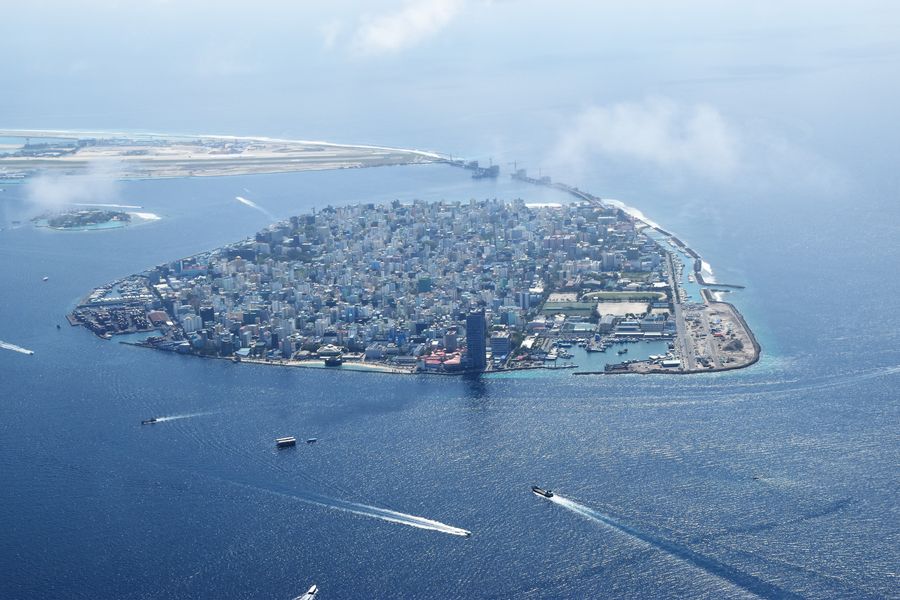
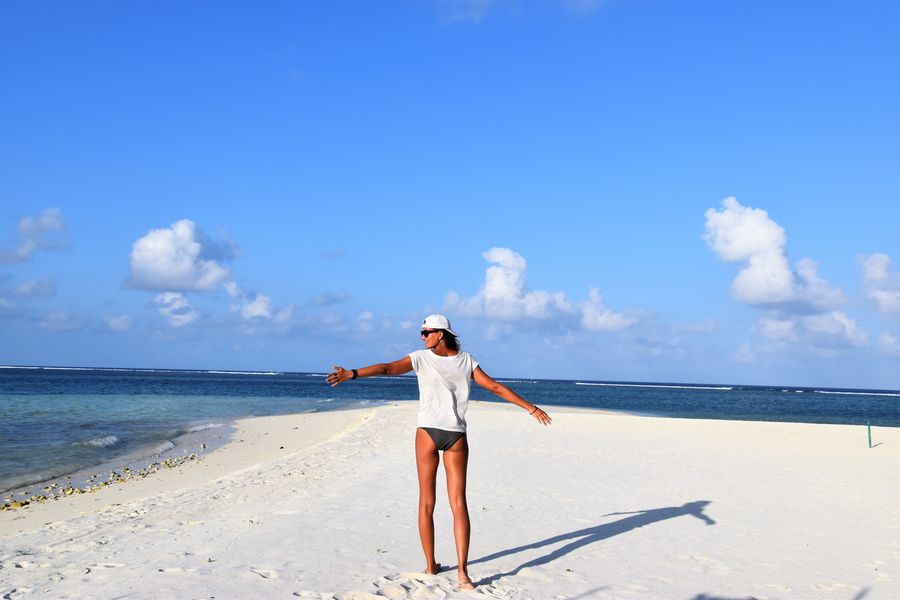
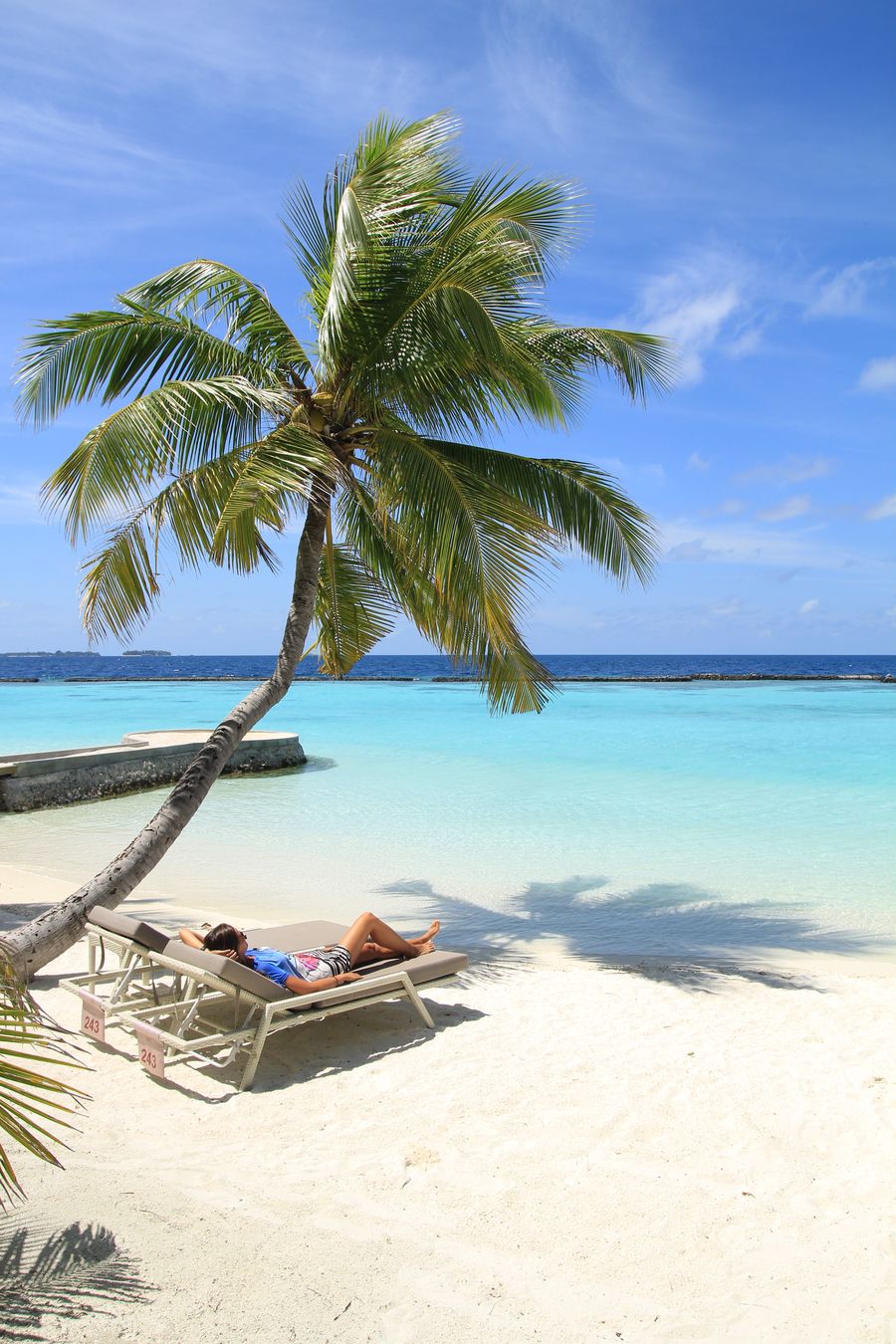
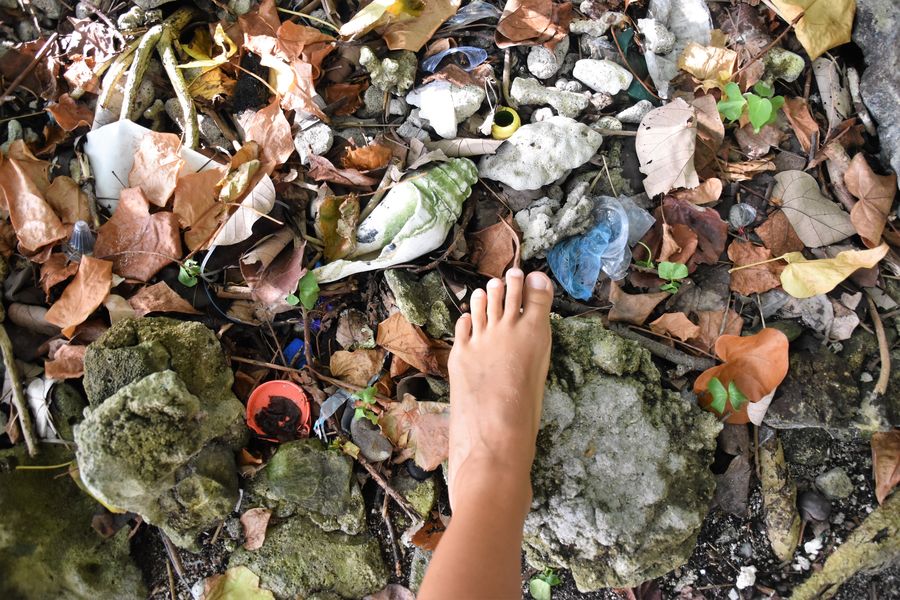
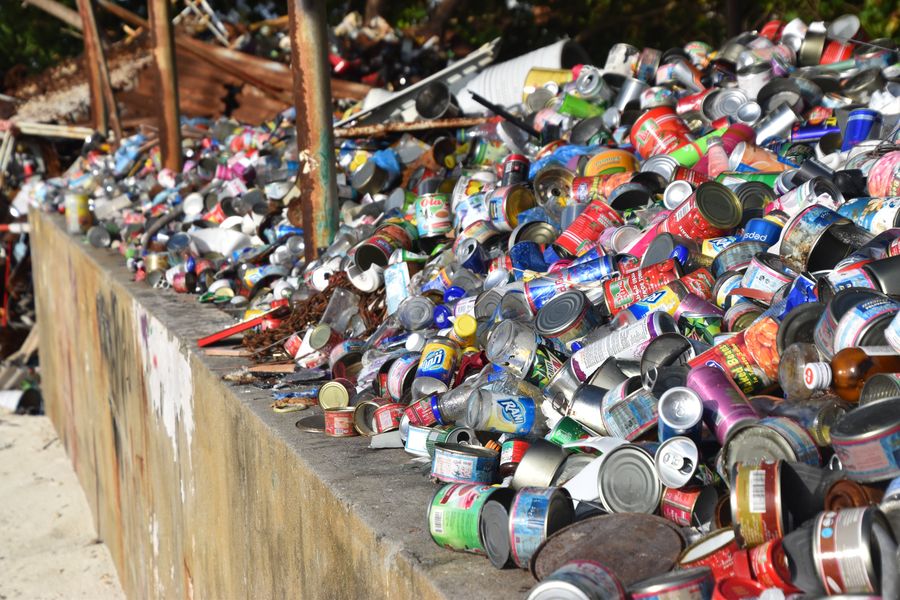

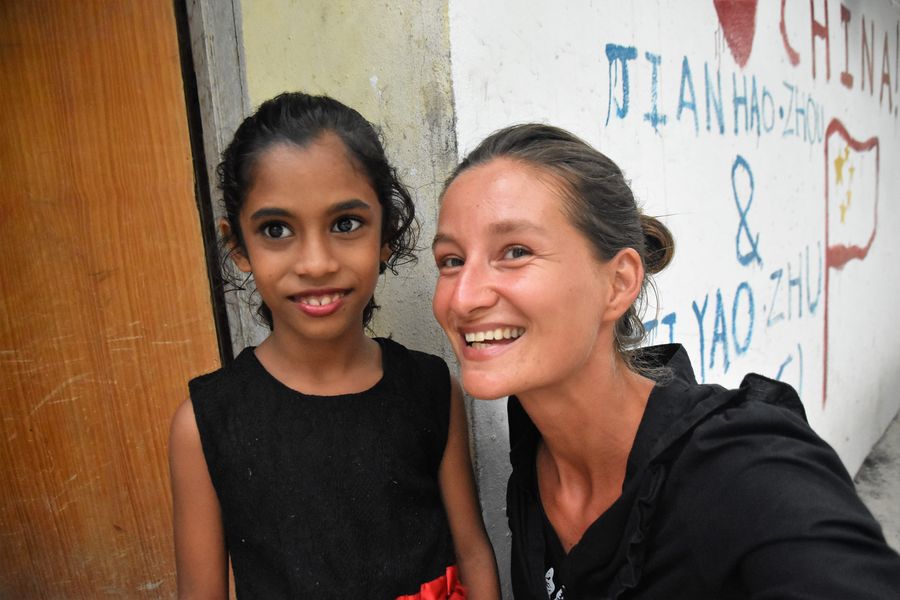
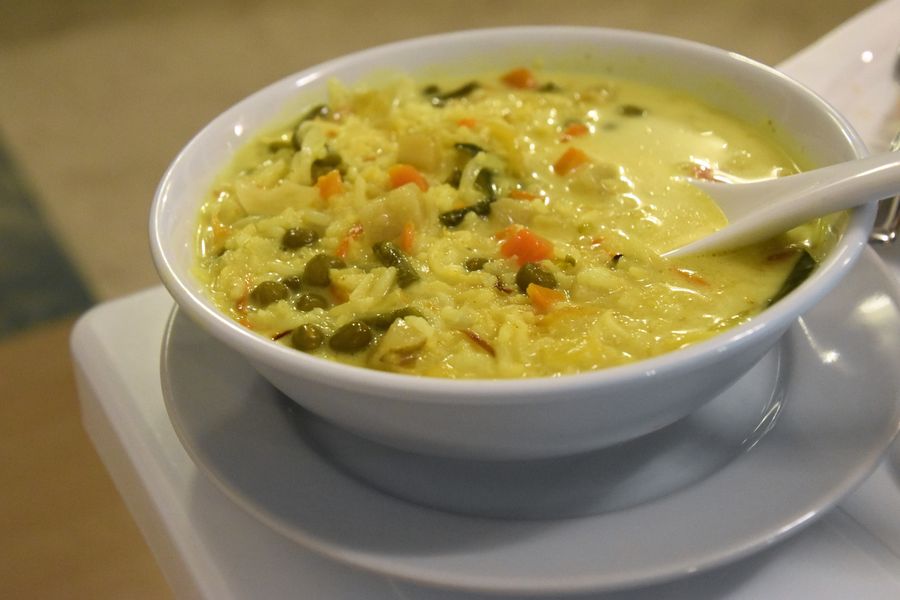
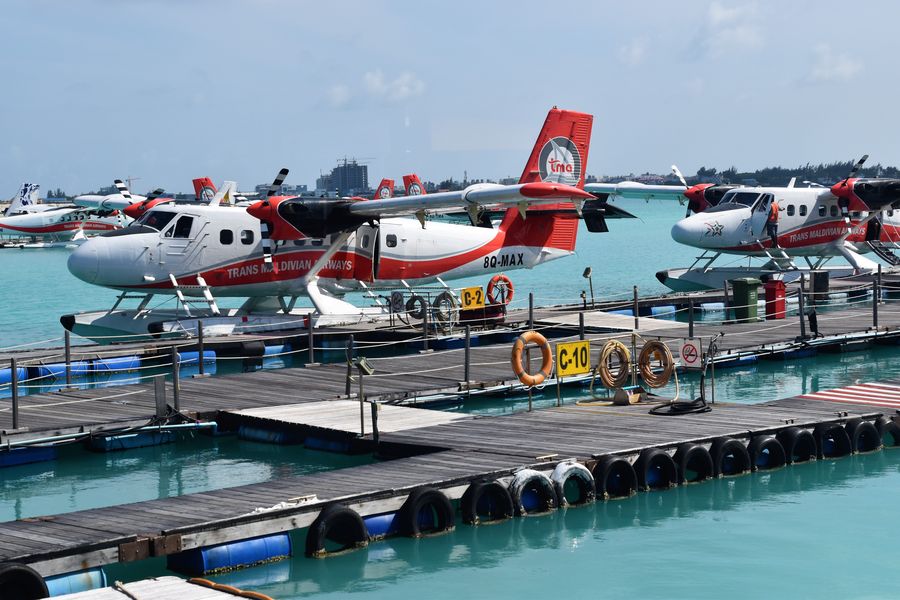
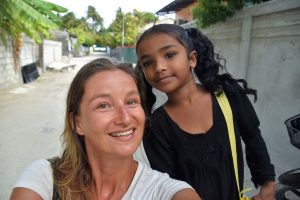
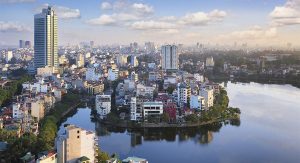
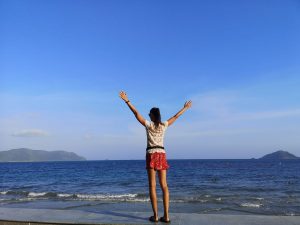
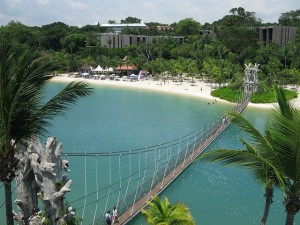
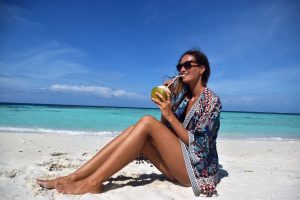
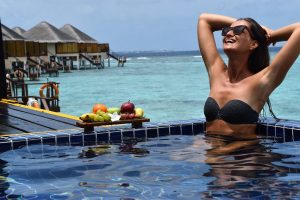
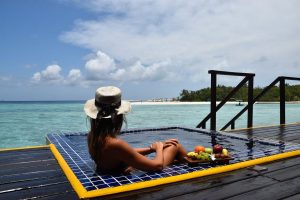
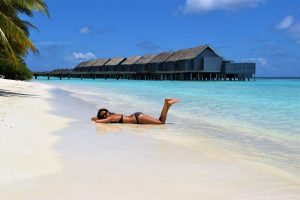

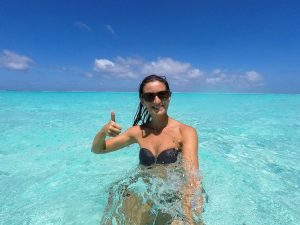
Matt
| #
Traveling is an opportunity to learn about different cultures and appreciate the diversity of the world we live in. It can be a powerful way to break down barriers and promote understanding and tolerance between people from different backgrounds. Maldives is a great country to visit.
Crazy Sexy Fun Traveler
| #
Thanks, that’s for sure :)
Marta
| #
Looks like a very lovely place! Traveling can be a great way to recharge your batteries and escape the stresses of daily life. Taking a break from the routine and doing something different can be a refreshing change of pace and help you return to your routine with renewed energy and focus.
Crazy Sexy Fun Traveler
| #
Thank you, Maldives are an amazing destination I can highly recommend.
Meera
| #
Wow, this was super informative Now I am confident that I know something about the place, and now I’m definitely planning a trip with my family to Maldives.
Crazy Sexy Fun Traveler
| #
Thanks! Maldives are incredible, a must visit country, and knowing some things about it before going there is definitely a good thing :)
David Rainey
| #
Well done as usual, Alex. Makes me want to visit the Maldives!
Thanks for the effort and inspiration. :)
Crazy Sexy Fun Traveler
| #
Thank you, David :) Happy to inspire others, that’s the aim of my travel blog ;)
Paul
| #
What kind of budget options are there outside of the resorts on the islands? Any idea on approximate cost.
Crazy Sexy Fun Traveler
| #
Yes Paul, there’s more budget hotels and guesthouses on local islands where a night can cost from $40 to $200, usually with breakfast or more food included :)
Ullas
| #
Hi there! Quite a good read and you have summed up pretty much everything to know before going to Maldives.
I’m planning to visit Maldives and will be at Dharanvadoo Kiha Beach and also Reethi resort in between.
Was wondering if there is anything for me as a solo traveller to keep in mind. I have made my travelling and accomodation arrangements quite well. I’ve just left the local trips and excursions open to plan once I land. I’m keen on sandbank trip, fishing and something in the water as well..
Crazy Sexy Fun Traveler
| #
Thank you for reading my article ;) Well, I traveled mostly solo around Maldives and it was ok, no problems at all. Locals are usually humble and eager to help so just use your common sense and intuition while there :)
Ketlin
| #
Hi!
I am travelling to relax in Maldives in 27 days and will stay at the island Maalhos at Baa Atoll, where also locals live. I hope it will be a great experience. Thank u for your article!
Cheers,
Ketlin
Crazy Sexy Fun Traveler
| #
Hey Ketlin, I am sure you will enjoy it :) Try to mingle with the locals, they are shy but nice ;) Have fun!
Shir
| #
Really happy to say, your post is very interesting to read. You’re doing a great job. Keep it up.
Alexandra Kovacova
| #
Thanks, trying to give you as much information as possible about the places I visit :)